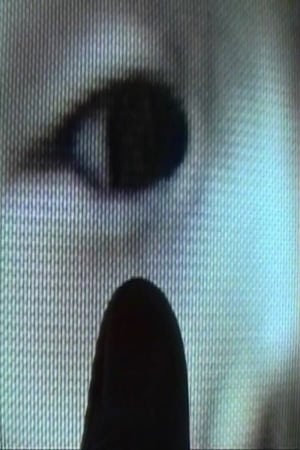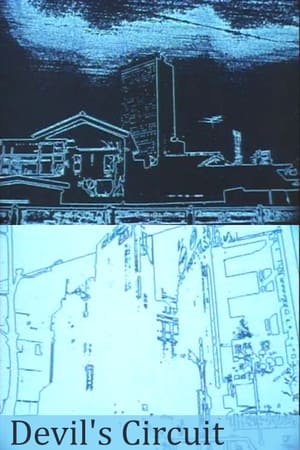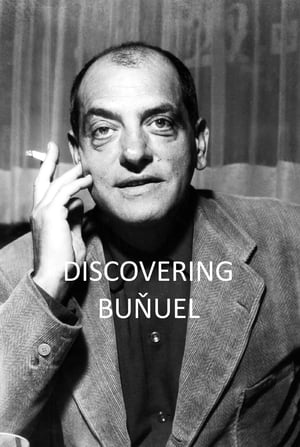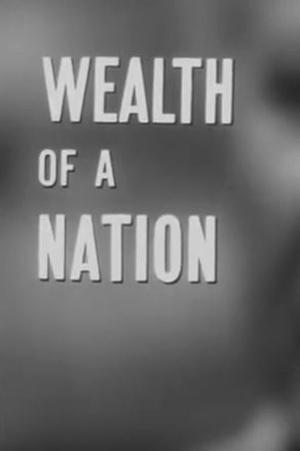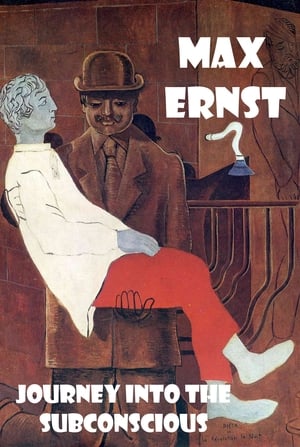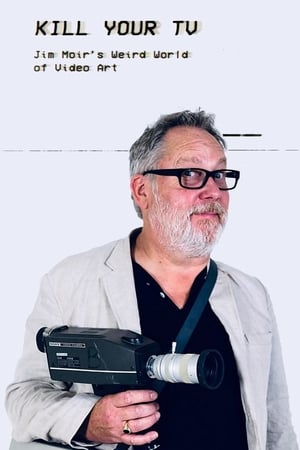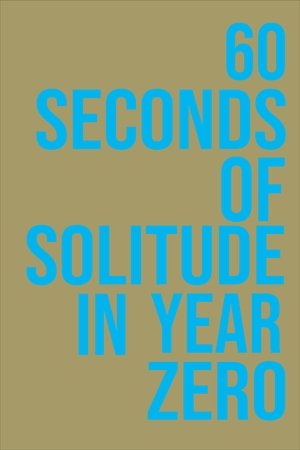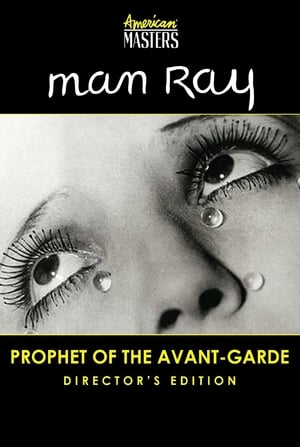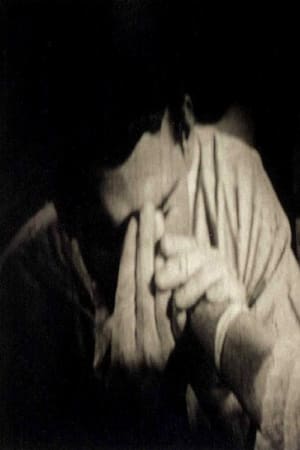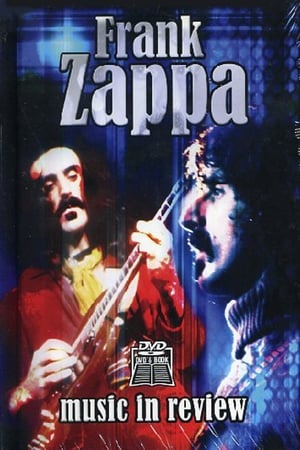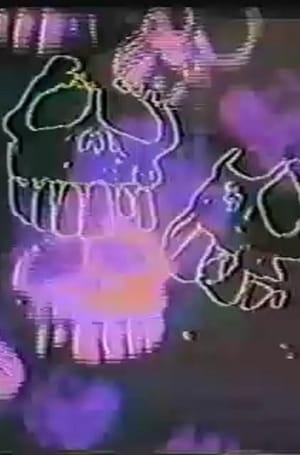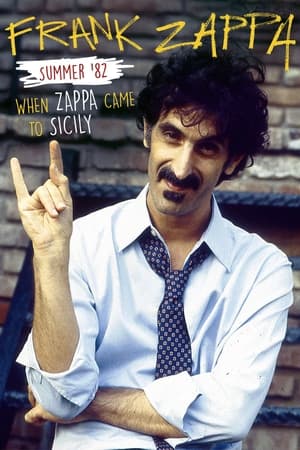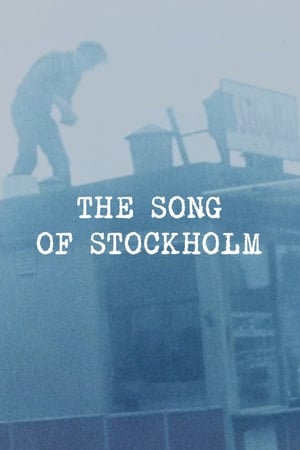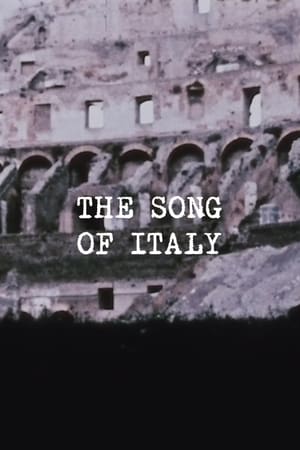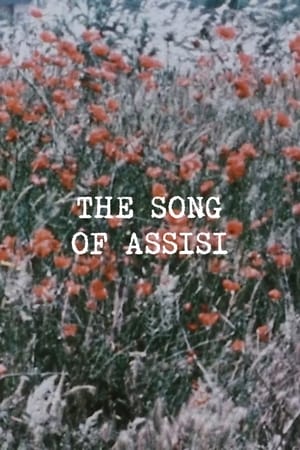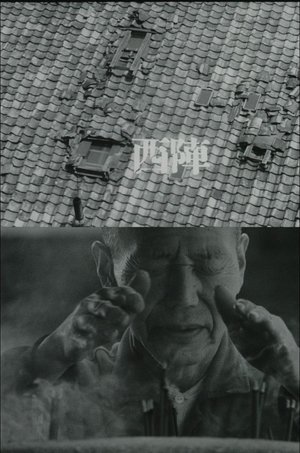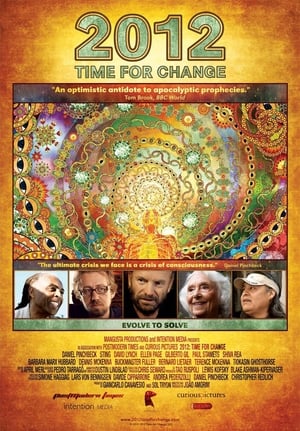Overview
The film is a trip to the planet Muscovy - an upside-down twin city of Moscow in space. As the title of the work suggests, the journey also takes us back in time. Gliding over the surface of the planet, we look down and see historic architectural styles fly by - the exuberant Socialist Classicism, aka Stalinist Empire, the austere and brutish Soviet Modernism, and the hodgepodge of contemporary knock-offs and revivals of the styles of the past. An essential companion to this journey through time and space are Hymnic Variations on the Soviet anthem.
Reviews
Dimitri Venkov Introduces His Film "The Hymns of Muscovy" on Mubi
There are good reasons why images of buildings aren’t as impressive as real life buildings. Quite obviously the volume, the scale, the materiality are missing in pictures. Real life architecture has always provided me with a powerful emotional and tactile experience, yet in an image, no matter still or moving, it loses most of its punch—it no longer makes my head spin nor gives me butterflies in my stomach. I rarely concentrate on architecture in films. Actually, most directors don’t want me to: architecture is a backdrop for the action, an instrument to create a mood, a vehicle for the characters’ state of mind. In other words, it is ancillary to something else in the film. Rarely is it treated as a subject in its own right that can speak of itself and the contexts it exists in.
Films show buildings as something static, as a stable point of reference against which other objects are moving. However, in everyday life we don’t experience architecture statically: we move past or through it, our gaze glides along its surfaces. Concentrating on the human scale, films show fragments of buildings: a man walks into a doorway, a woman appears from a side street. But in reality, as we approach buildings from a distance we first grasp their general form and then discover the details. Think of how you look up to see the top of a skyscraper and then look back down to study the windows, the entrance, and the rest. Lacking a sense of scale and volume, static and fragmented images of architecture make it look flat and often reduce it to the horizontal (human) dimension.
>
I thought that architecture had bigger potential in film than a mere setting for human activities. I wanted to create a cinematic experience that would match my emotional experience of real life architecture. I also wanted to give it a voice of its own, make it a proper character telling its own story without human intermediary. For the narrative I chose buildings from three distinct periods that largely define the look of today’s Moscow: the exuberant Socialist Classicism a.k.a. Stalinist Empire, the austere and brutal Soviet Modernism, and the contemporary mishmash of styles. This architecture reflects the evolution of the country’s ideology but, what’s more, it contains something intangible from each period—its spirit, its frozen music. I couldn’t think of a better way of extracting this music than to use the Soviet national anthem as a source material. Written in 1943, it evolved in sync with the above-mentioned architectural styles. It has undergone three editions of lyrics each corresponding to the historical period of a particular style, yet musically remained unchanged to now serve as the official anthem of the Russian Federation. I worked with the composer Alexander Manotskov to create an original score for the film based on the anthem. Alexander wrote three electronic variations on its theme matching each architectural style.

 14 min
14 min
 6.7
6.7
 2018
2018
 Russia
Russia
 Dimitri_Venkov wrote:
Dimitri_Venkov wrote: